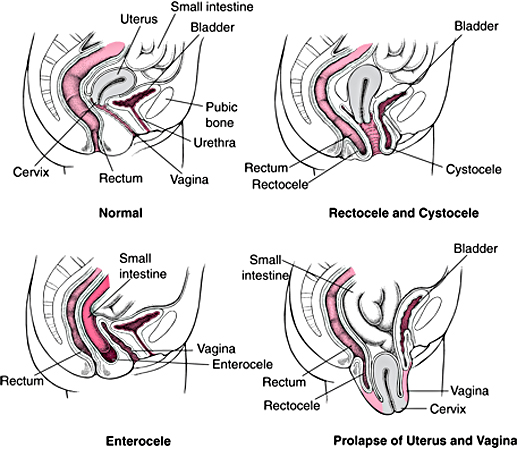
Are you always looking for the nearest restroom?
Karen Davis knows the feeling.
"it was starting to be a little bit of a problem," she said.
"you can think of overactive bladder as an overactive muscle sending this constant signal to your brain, "gotta go, gotta go, gotta go," explains Dr. Lora Plaskon.
Karen wasn’t convinced drugs were the right solution for her.
"I didn’t want to try the medications because they can affect the liver and I don’t want to do that," she said.
But the pills also have other side effects.
"Dry mouth, constipation, blurry vision, confusion, memory changes..I mean the list can go on… and so as physicians, it’s difficult because you often end up treating the side effects as well as the desired benefit you’re trying to achieve," said Dr. Plaskon.
Instead Karen is having a treatment called Urgent PC. it involves a hair-thin electrode inserted at the ankle, which sends a mild electrical current up the leg to gently zap the nerves that control bladder function.
Karen says it’s not painful.
"I can feel it for a little while. but then it kind of goes away and I sit there for a half an hour and then that’s it," she said.
Patients get a dozen treatments, spaced a week apart and then go on maintenance treatments, as needed.
"It’s usually about after session four or five that folks will really start to notice a significant improvement," said Dr. Plaskon.
Karen says those constant urges have calmed down.
"they have gotten a lot better, yes. I definitely feel I have a better life because of it," she said.
Patients are warned not to ignore their symptoms, because overactive bladder is more than just a nuisance.
"these urinary problems are closely linked with long-term health issues like obesity, diabetes, heart disease, so it may seem like a little problem at first, but it’s often one of the first dominoes to fall in a series of long-term health issues," said Dr. Plaskon.
Men can also benefit from the treatment.
Urgent PC is FDA approved and covered by many insurance companies. the downside is that it is time-intensive so may not be practical for every patient.